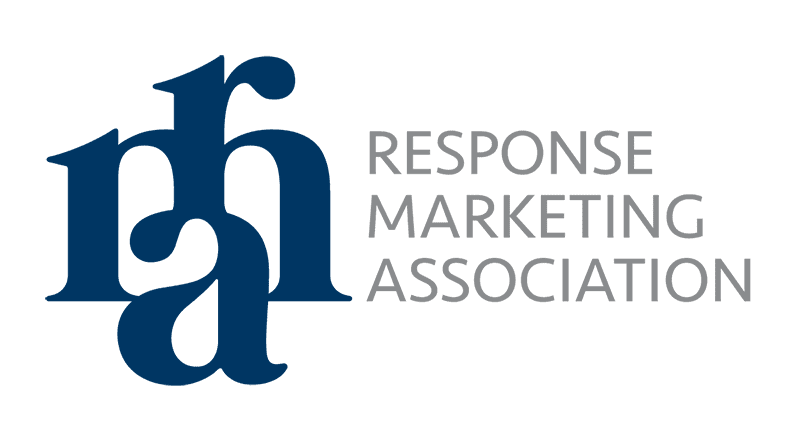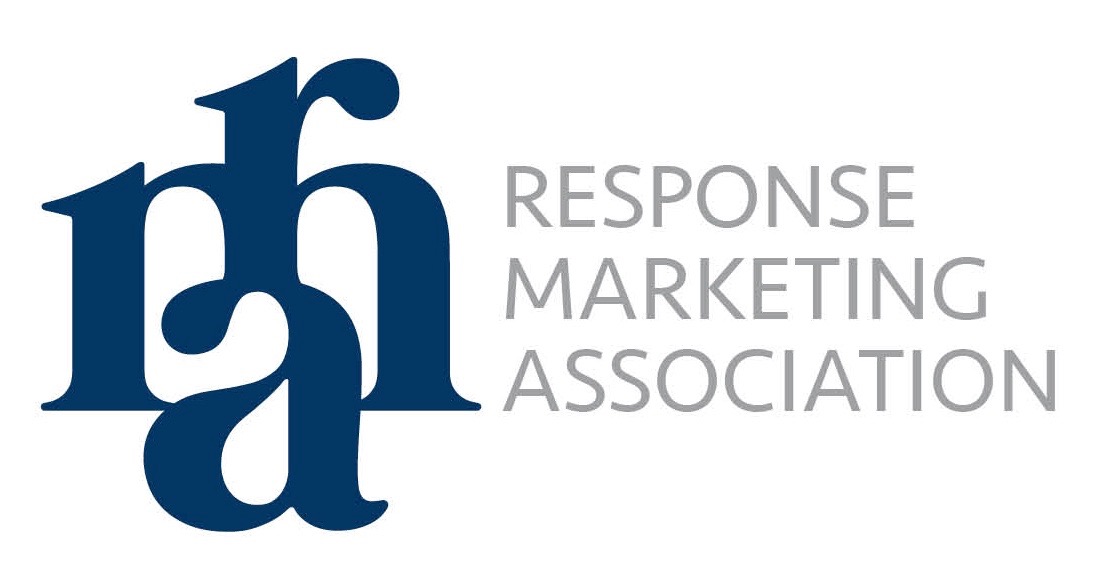As AI systems become increasingly capable and more deeply integrated into our lives, the risks and harms they pose also increase. Recent examples illustrate the urgency: powerful multimodal systems have fueled large-scale scams and fraud; increasingly human-like AI agents are enabling manipulation and dependency, with particularly severe consequences for children; and models have demonstrated deceptive behaviour and even resisted shutdown or modification.
Without clear and enforceable red lines that prohibit specific unacceptable uses and behaviours of AI systems, the resulting harms could become widespread, irreversible, and destabilising.
An international consensus on this challenge is growing, with leading AI scientists at the International Dialogue on AI Safety (IDAIS) calling for “red lines” and thousands of citizens and experts in the AI Action Summit consultation and a civil society poll prioritising the need for “clear and enforceable red lines for advanced AI.” Even major tech companies and international forums, such as the Seoul AI Safety Summit, recognise the urgency around common thresholds for intolerable risks. The recent Singapore Consensus on Global AI Safety Research Priorities likewise emphasises the importance of “technical ‘red lines’ or ‘risk thresholds’”.
In response, the “Global Call for AI Red Lines” launched on September 22, 2025. The call urges governments to reach an international political agreement on “red lines” for AI by the end of 2026, and was signed by an unprecedented coalition of more than 50+ organisations and over 200+ eminent voices, including former heads of state and ministers, Nobel and Turing Prize winners, AI pioneers, leading scientists, and human rights experts.
As a background to the concept of AI red lines, the Global Red Lines for AI three-part series explores what red lines are and why they’re essential, where they are beginning to take form, and how they could be enforced at the global level.
This complementary blog synthesises the key insights across the series, focusing on two essential building blocks for the operationalisation of AI red lines:
- Defining precise, verifiable red lines for AI systems;
- Establishing effective mechanisms for compliance and oversight.
How AI red lines would work
What we mean by AI red lines…
Read The Full Article at OECD.AI



